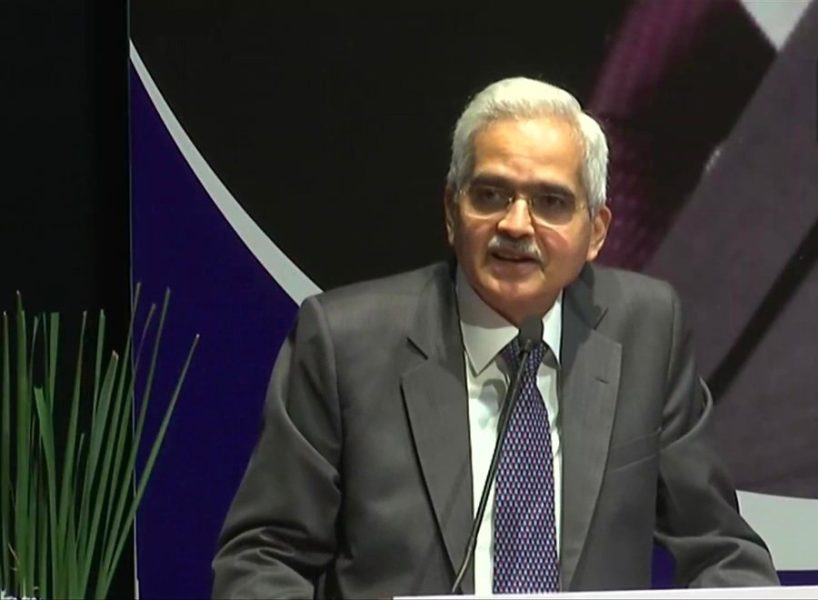
More than two-thirds of Rs 2,000 notes have returned: RBI Governor

Within a month of the recall order, more than two-thirds of the Rs 2,000 currency notes have returned to the system, Reserve Bank of India (RBI) Governor Shaktikanta Das has said.
In a surprise move, but as part of the clean note policy, the Reserve Bank had on May 19 ordered the recall of the Rs 2,000 banknotes worth around R 3.62 lakh crore.
On June 8, announcing the second monetary policy review of the fiscal, Das had said that around Rs 1.8 lakh crore worth of the Rs 2,000 notes have been returned, accounting for approximately 50 per cent of the notes in circulation as of March 31, of which 85 per cent were in deposits and the rest in exchange.
“More than two-thirds or Rs 2.41 lakh crore worth of the Rs 3.62 lakh crore (as of March 31, 2023) of the now-recalled 2000 banknotes have come back to the system as of mid-last week,” Governor Das told PTI Bhasha.
Of the total money that has come back to the system, as much as 85 per cent is in deposits and the rest in currency exchanges, he explained.
Also read: Finance ministry on same page with RBI for FY24 growth forecast: CEA
Though the central bank has set September 30, 2023, as the last day for exchange/deposits, Das said the deadline is not something cast in stone and that people need not rush to claim their money. Das also said that the note recall will have no impact on the monetary stability. However, he refused to comment on a recent analyst report that claimed that the move would lead to higher consumer spending, which has been under stress for some time, and which in turn would help prop the economy up and grow over the projected 6.5 per cent.
“I don’t see any negative impact of the note recall on the economy at all,” Das said.
The central bank and the government project the GDP to clip at 6.5 per cent this fiscal, with Q1 printing in at 8.1 per cent and then tapering off in the subsequent quarters.
After issuing the recall order on May 19 and asking banks to open special counters to collect the currency notes from the public from May 23, the central bank said that the existing 2,000 denomination banknotes would continue to be legal tender. Later, Das said he was not sure whether he would ask the government to cancel the legal tender status of these notes after the September 30 deadline.
The 2000 banknotes were introduced in November 2016 (under Section 24(1) of The RBI Act, 1934) within days of the November 8 demonetisation wherein the government had withdrawn the legal tender status of all the 500 and 1000 banknotes to meet the currency requirements in an expeditious manner.
About 89 per cent of the 2,000 banknotes were issued prior to March 2017 and are at the end of their estimated life span of four-five years.
Also read: Exchange of ₹2,000 notes: SC refuses urgent hearing on plea challenging RBI decision
The total value of these banknotes in circulation has declined from Rs 6.73 lakh crore at its peak as of March 31, 2018 (37.3 per cent of notes in circulation) to Rs 3.62 lakh crore, constituting only 10.8 per cent of the notes in circulation as of March 31, 2023.
The central bank’s mints had stopped printing the 2,000 notes way back in 2018–19 itself.
The clean note policy seeks to give the public good-quality currency notes and coins with better security features, while soiled notes are withdrawn from circulation.
The RBI had earlier decided to withdraw from circulation all banknotes issued prior to 2005, as they have fewer security features compared to banknotes printed after 2005.
However, the notes issued before 2005 continue to be legal tender. They have only been withdrawn from circulation in conformity with the standard international practice of not having notes of multiple series in circulation at the same time.
(With agency inputs)


